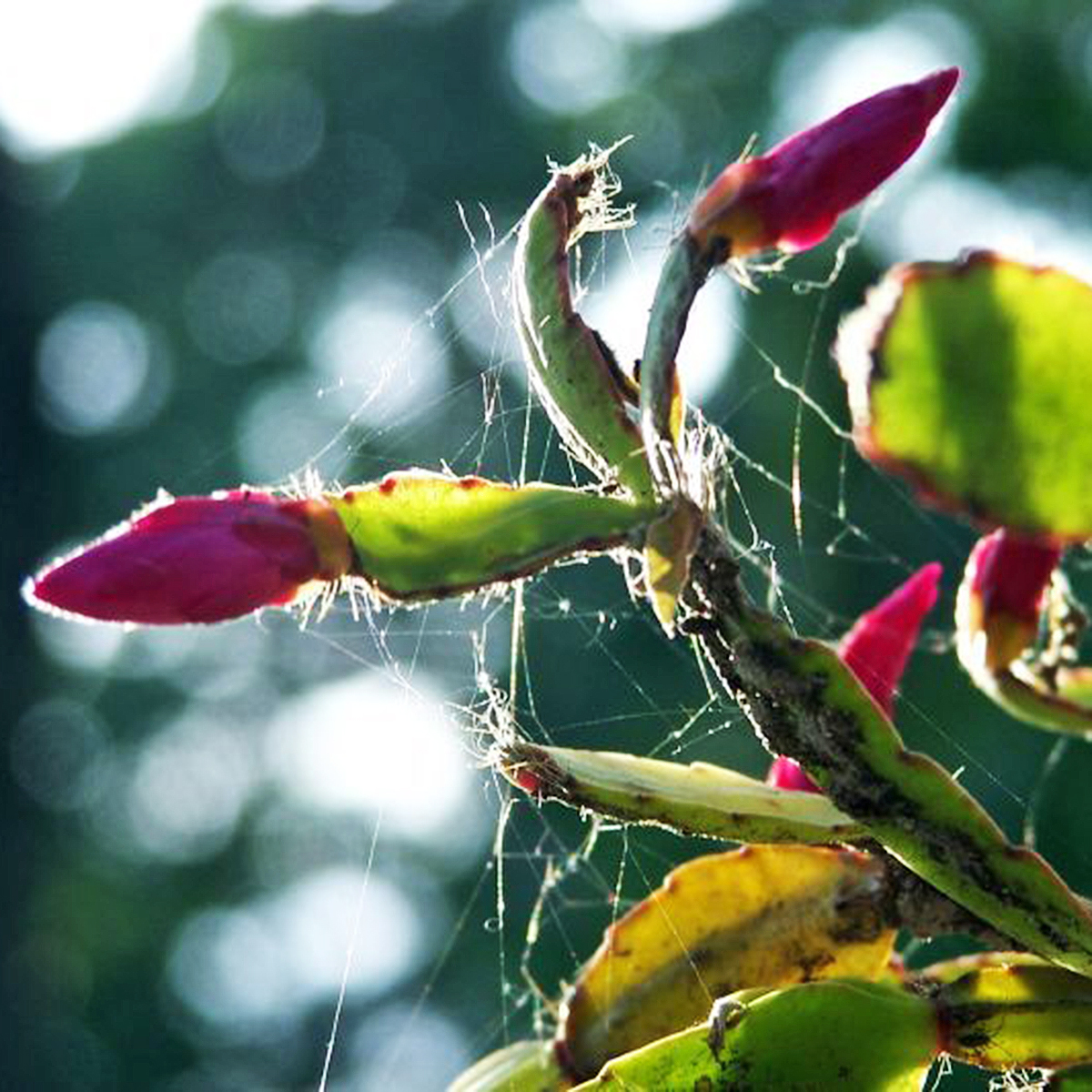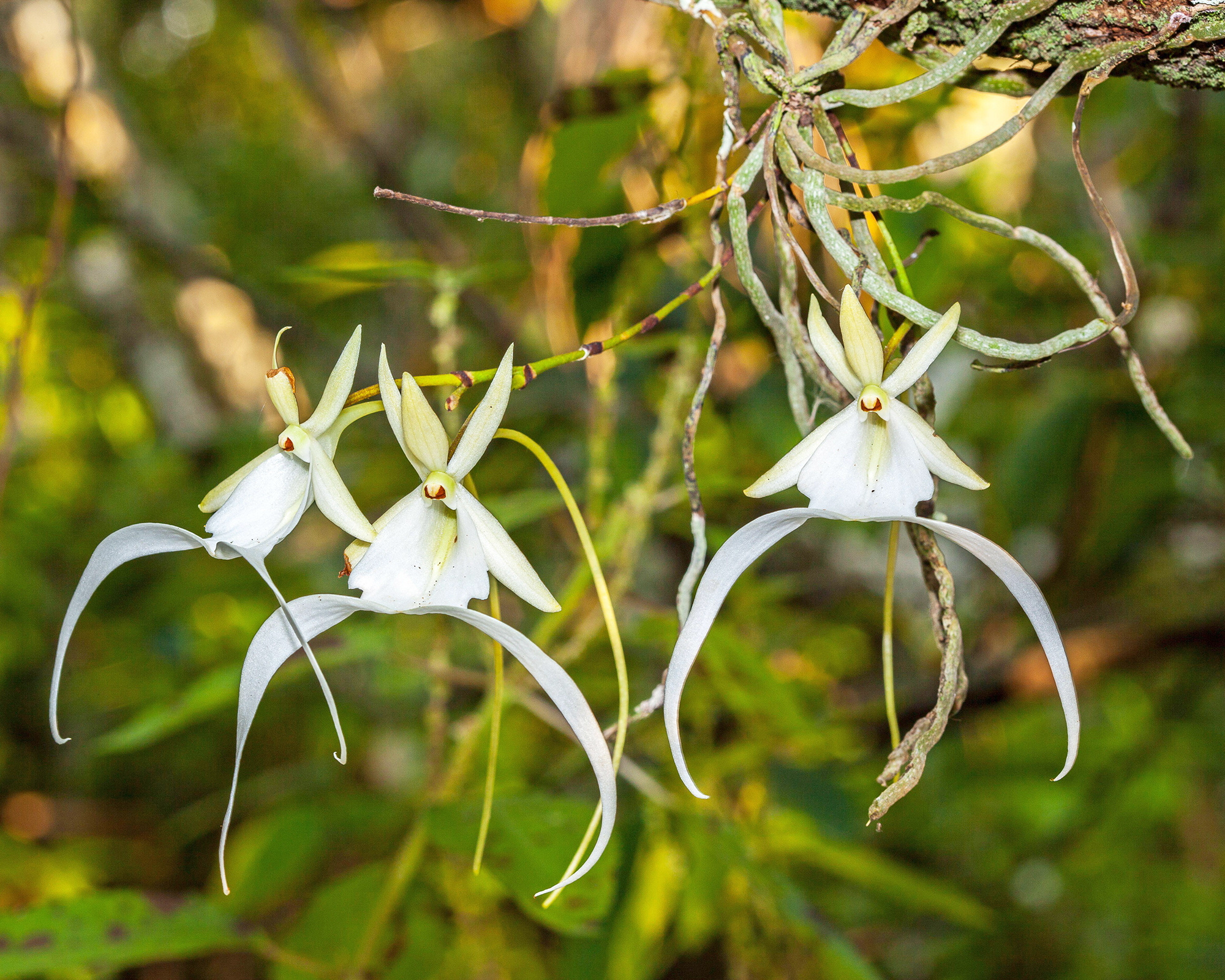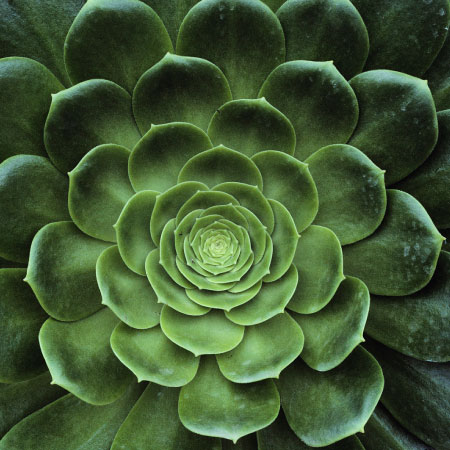
Mary H. Dyer
A Credentialed Garden Writer, Mary H. Dyer was with Gardening Know How in the very beginning, publishing articles as early as 2007.
Latest articles by Mary H. Dyer
-
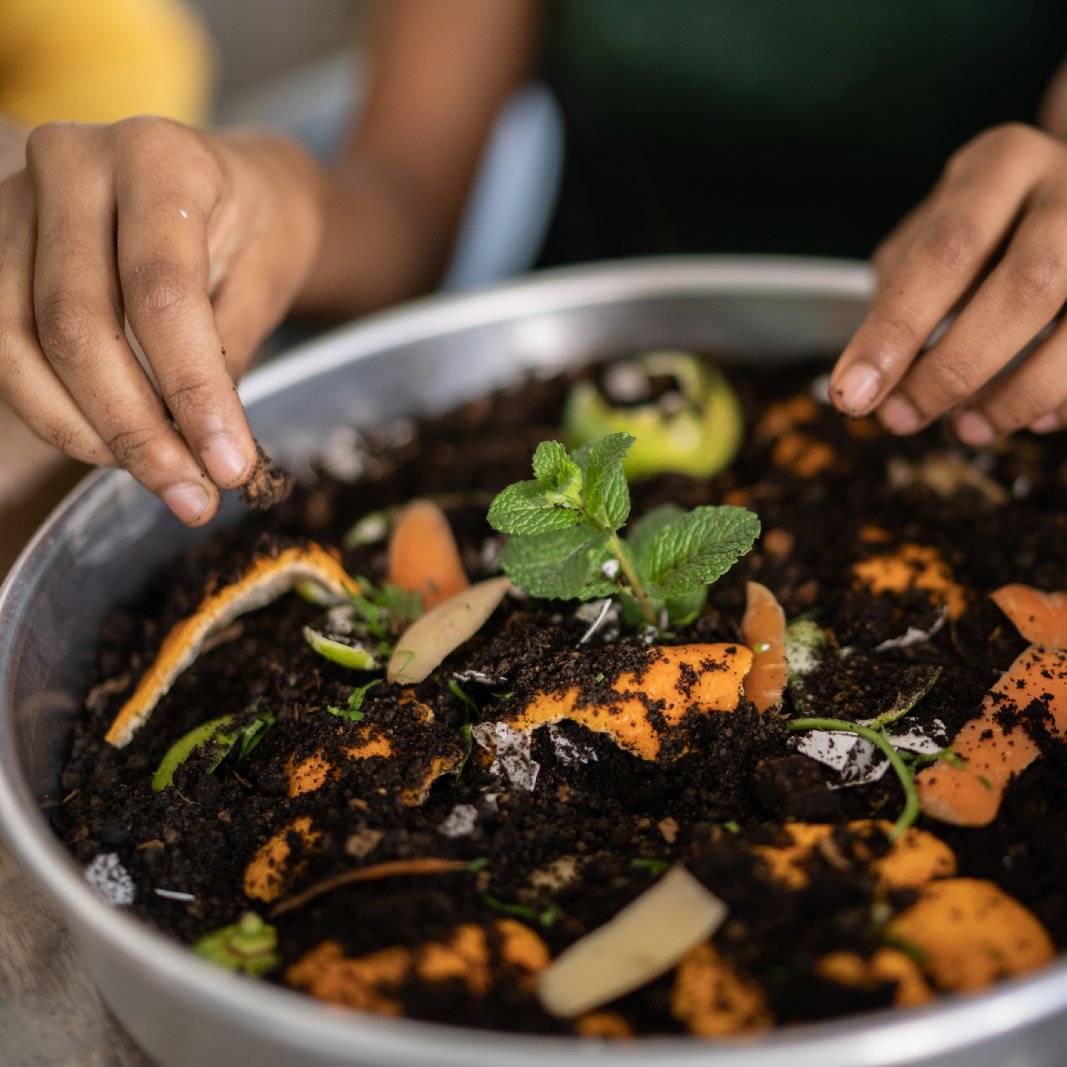
Peat Moss Alternatives: What To Use Instead Of Peat Moss
Peat is unsustainable. Fortunately, there are several suitable alternatives to peat moss. Read on to learn more about peat moss substitutes.
By Mary H. Dyer
-
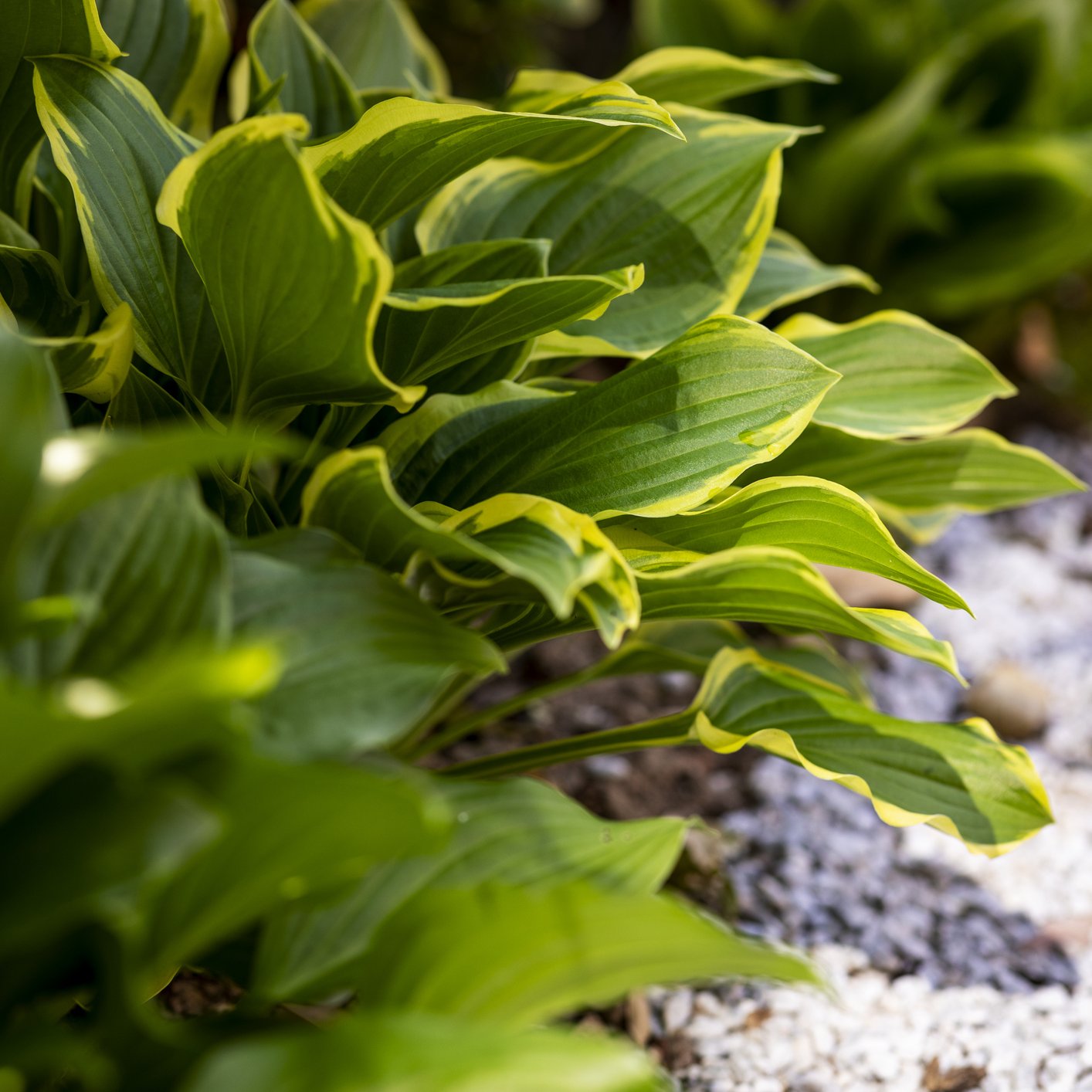
Fertilizing Hostas – How To Fertilize A Hosta Plant
Low-maintenance hostas don’t require much, but fertilizer is a good idea for several reasons. Learn the best way to fertilize hostas and how it can help plants.
By Mary H. Dyer
-
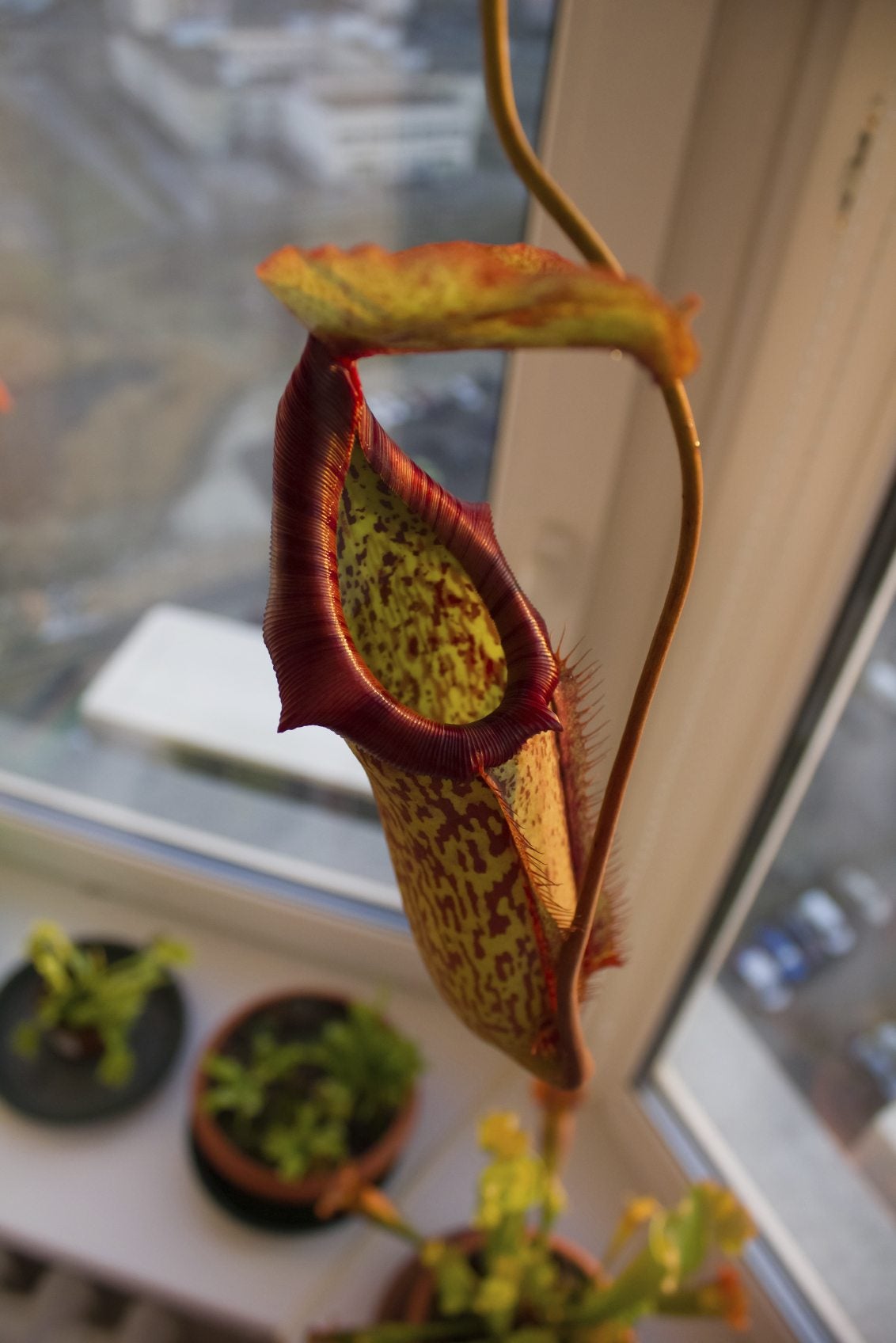
Growing A Pitcher Plant Indoors: Complete Care Guide
Clean up your room's environment growing a pitcher plant indoors as a houseplant! Learn the dos and don'ts.
By Mary H. Dyer
-
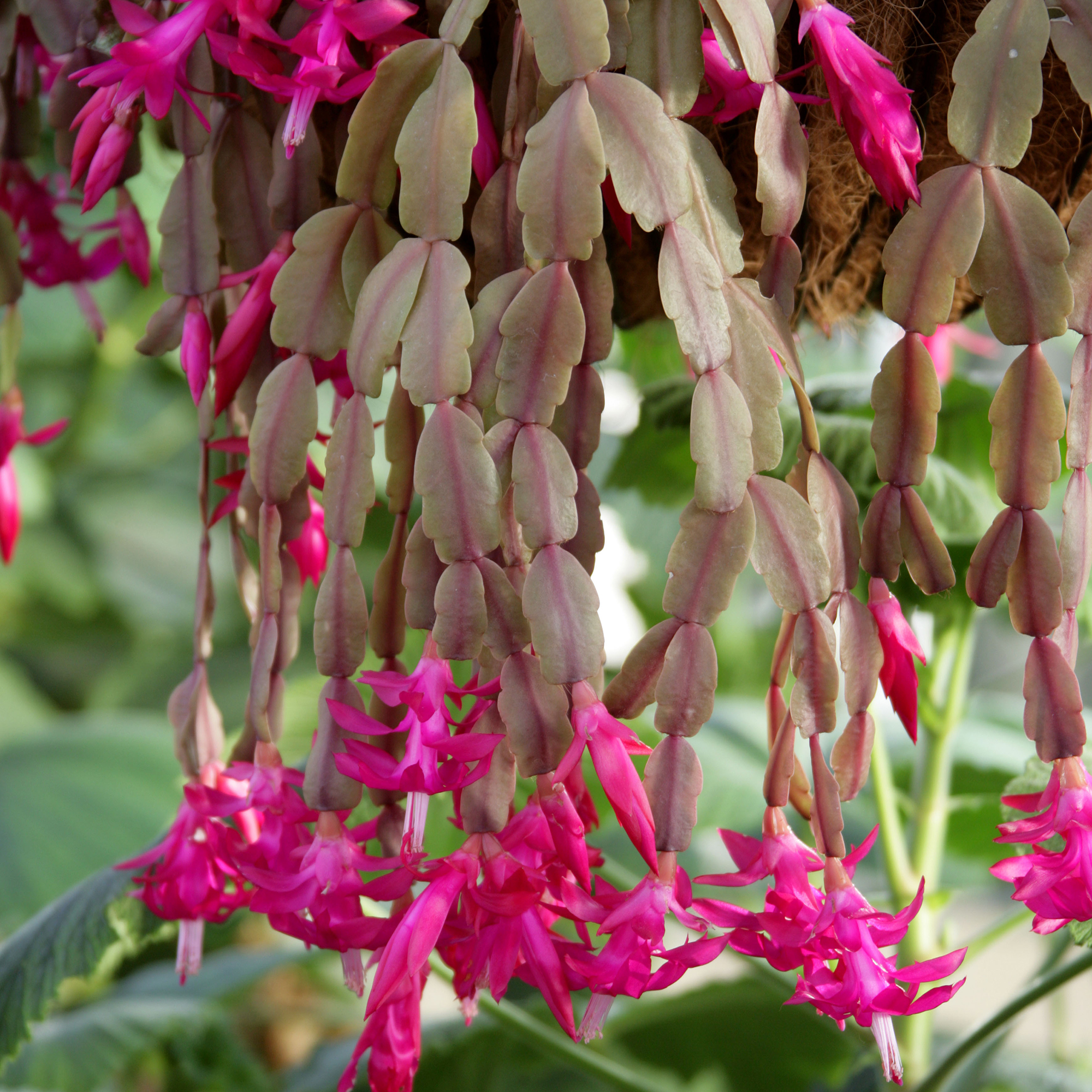
Why Is My Christmas Cactus Turning Purple? And How To Make It Green Again
If your Christmas cactus leaves are purple or red instead of green, it's telling you that something isn't quite right. Learn the possible causes and solutions.
By Teo Spengler
-
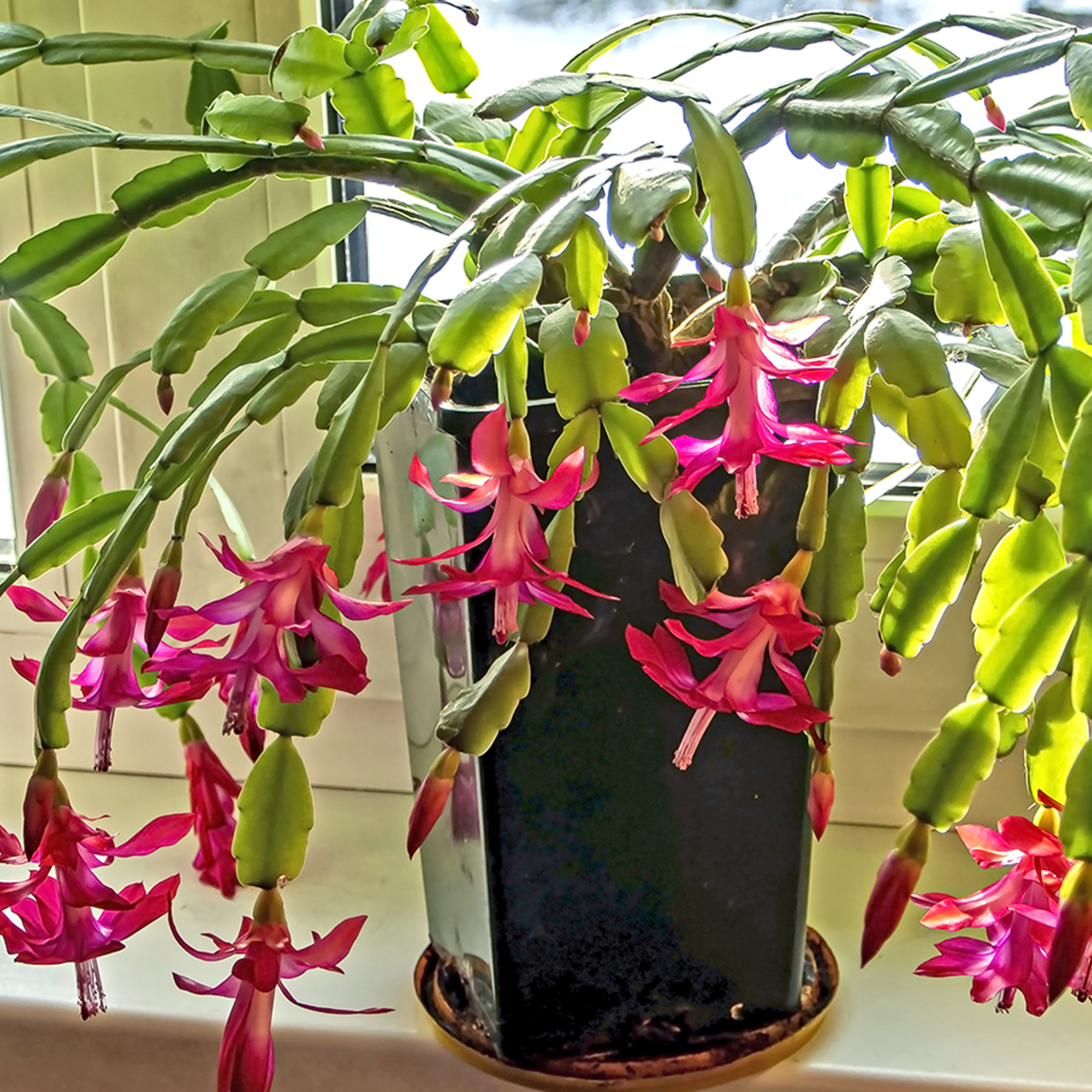
Christmas Cactus Root Rot: How To Identify, Treat & Prevent This Deadly Disease
Root rot must be treated promptly if plants are to survive. Learn how to spot the signs and save your Christmas cactus from this most dreaded disease.
By Teo Spengler
-

Unusual Plant Names: Growing Plants With Funny Names
By Mary H. Dyer
-
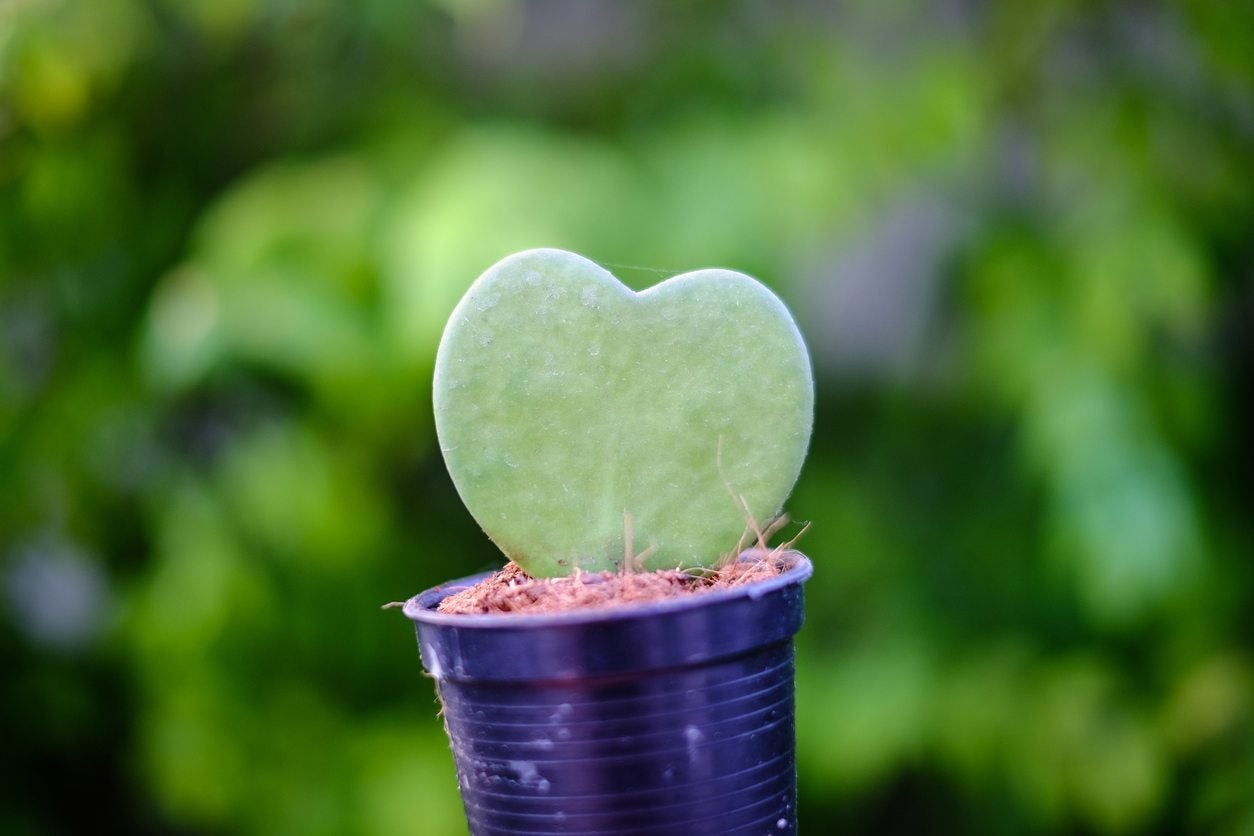
Hoya Kerrii: Complete Plant Care And Growing
The hoya kerrii is also known as the sweetheart plant due to its heart-shaped leaves. So easy to grow, it's a lovely addition to any succulent collection.
By Mary H. Dyer
-
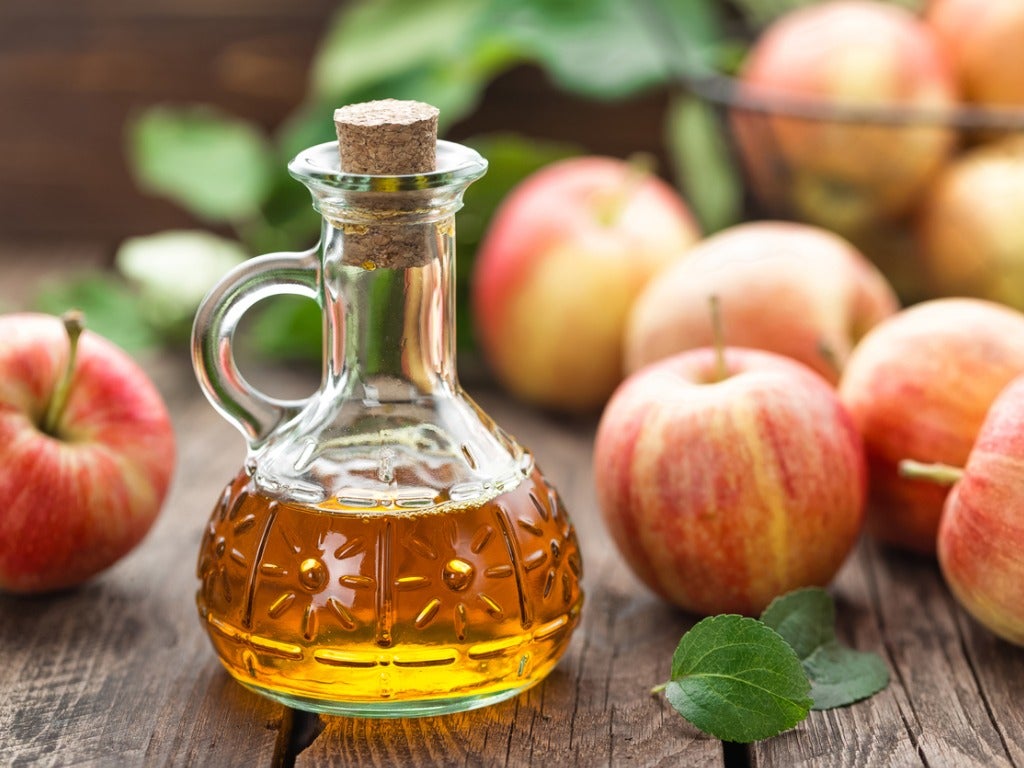
Vinegar For Garden Use: Making Homemade Vinegar Rooting Hormone
Using apple cider vinegar as a rooting hormone is a safe and natural way to weaken the outer coating of seeds, making for faster germination.
By Mary H. Dyer
-
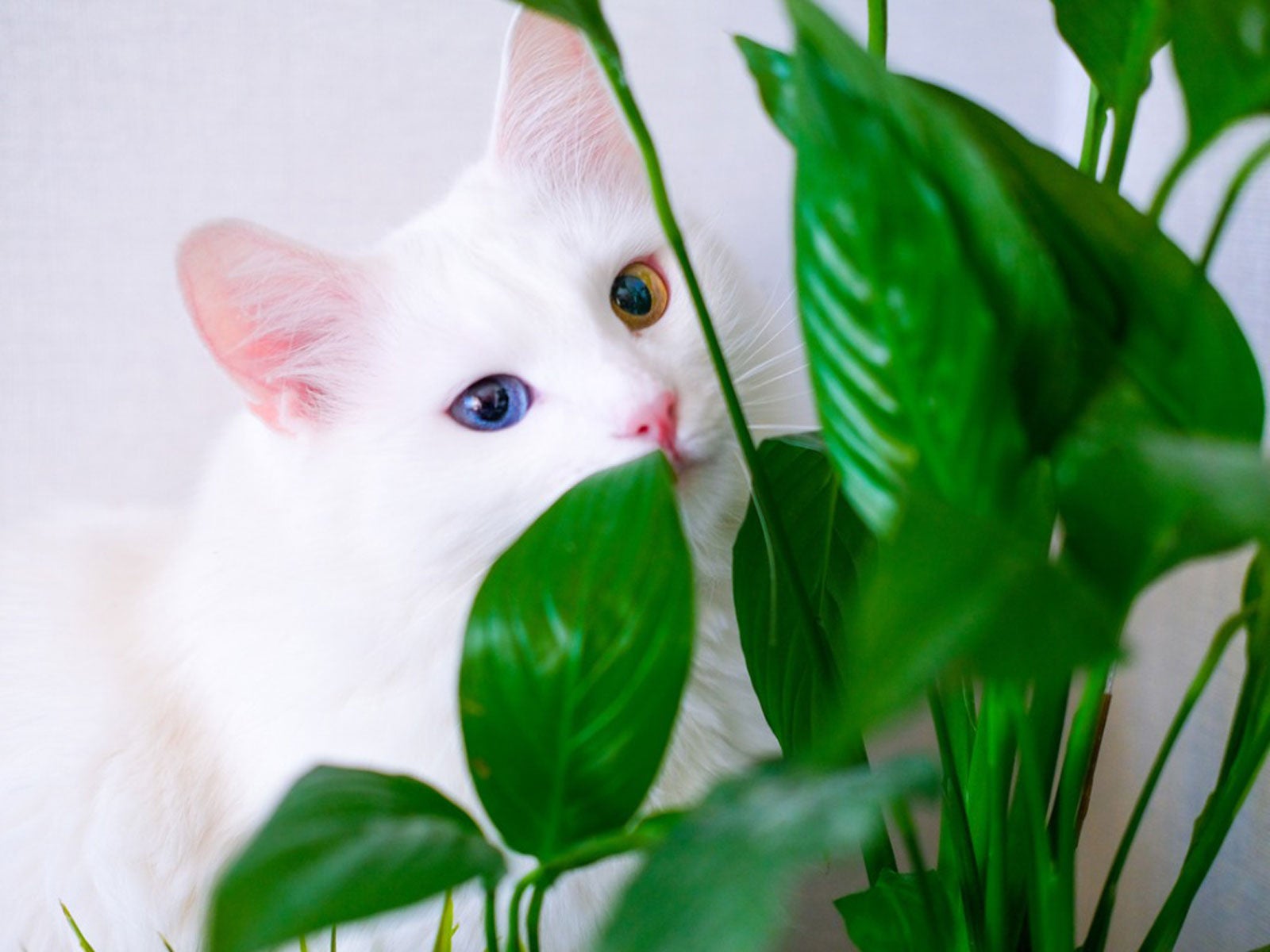
Are Peace Lilies Toxic To Cats? What You Need To Know
Your peace lily and cats aren’t a perfect combination, but these plants are not necessarily deadly for cats. If your cat eats a peace lily it will cause irritation but probably won't prove fatal.
By Mary H. Dyer
-
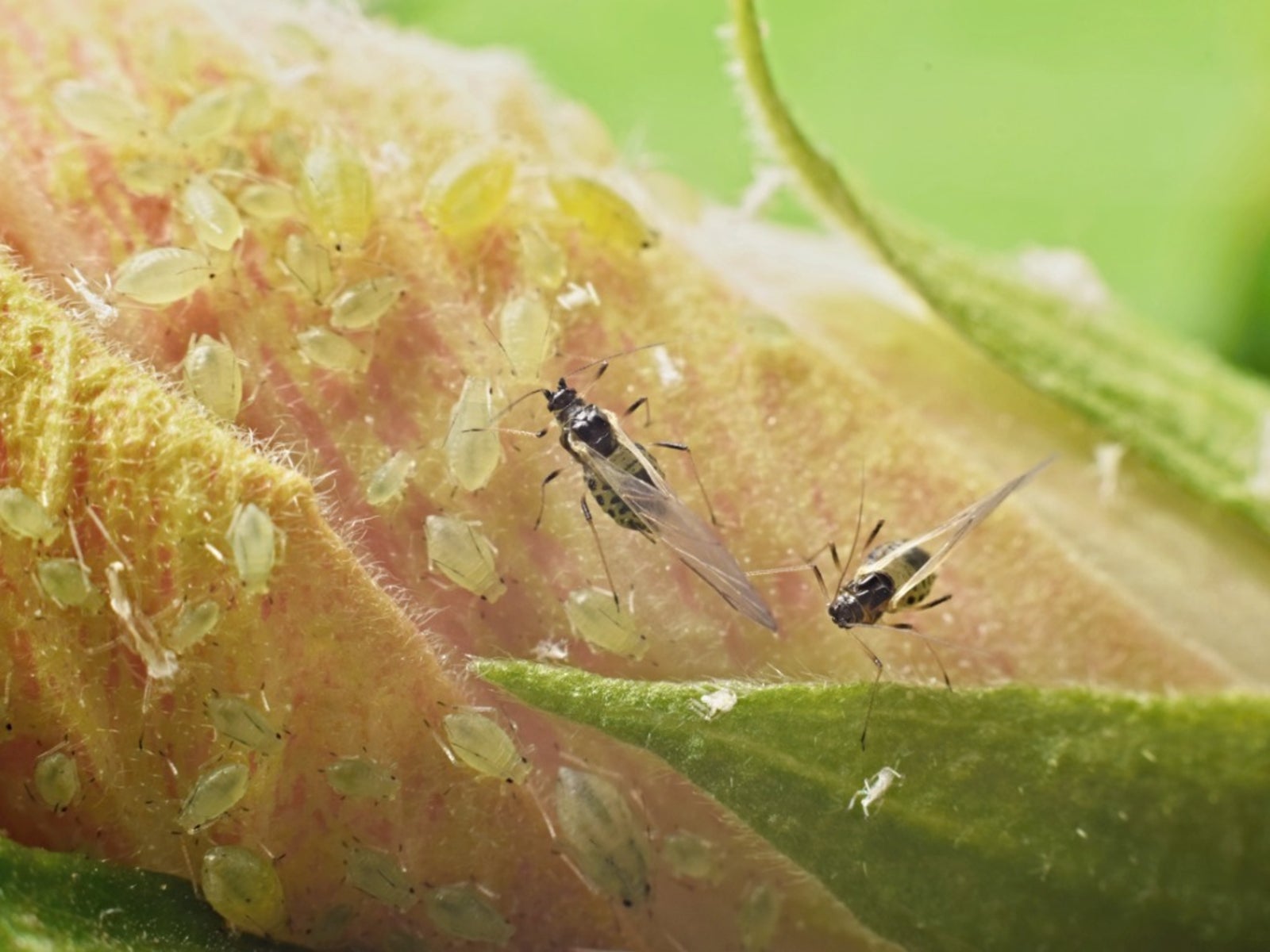
Bugs On Hibiscus and How To Identify & Control Common Pests
Hibiscus pests can be concerning when they invade your lovely tropical plant, but there are ways to deal with them.
By Mary H. Dyer
-
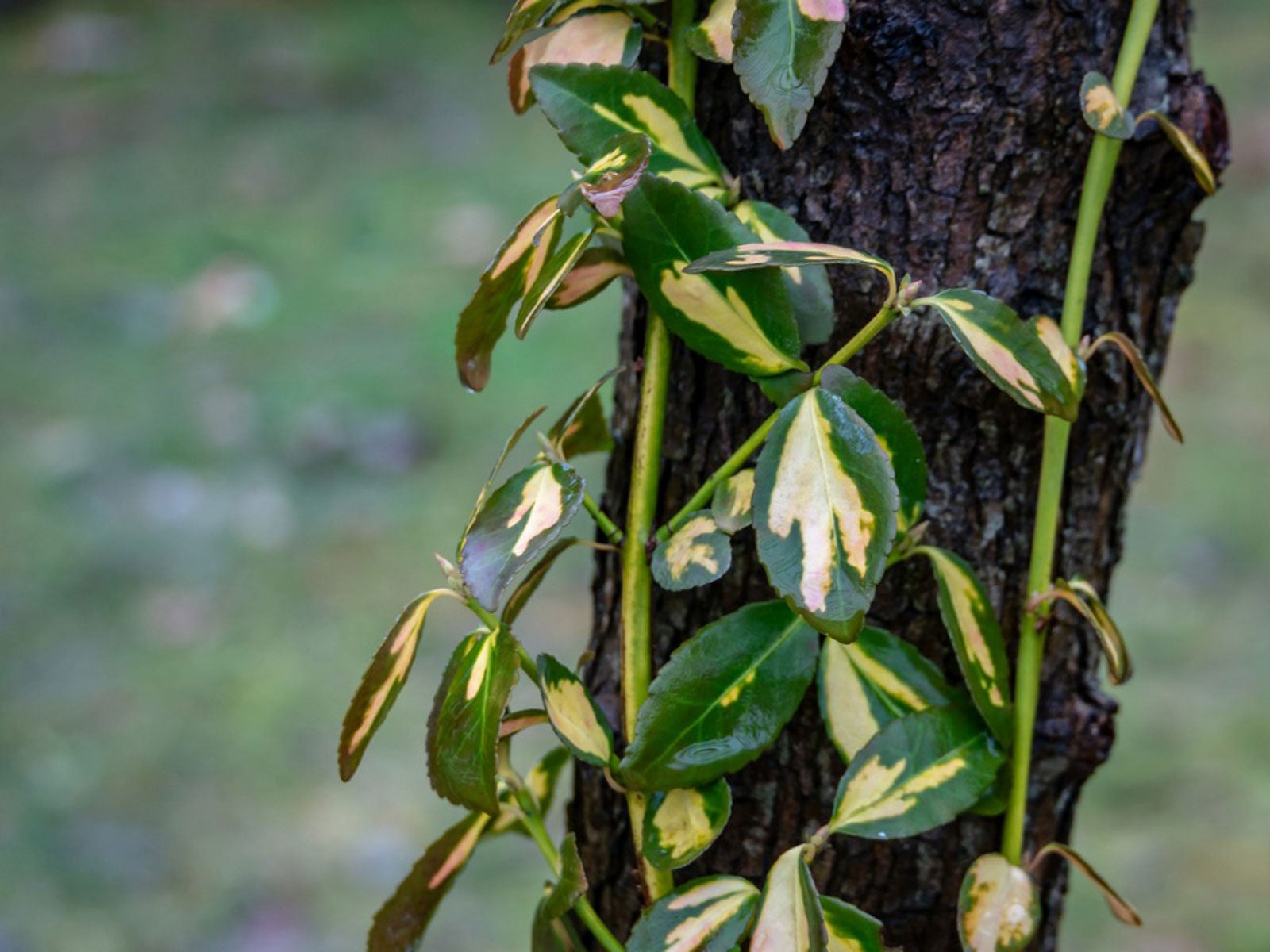
Wintercreeper Control – How To Get Rid Of Wintercreeper Plants
By Mary H. Dyer
-
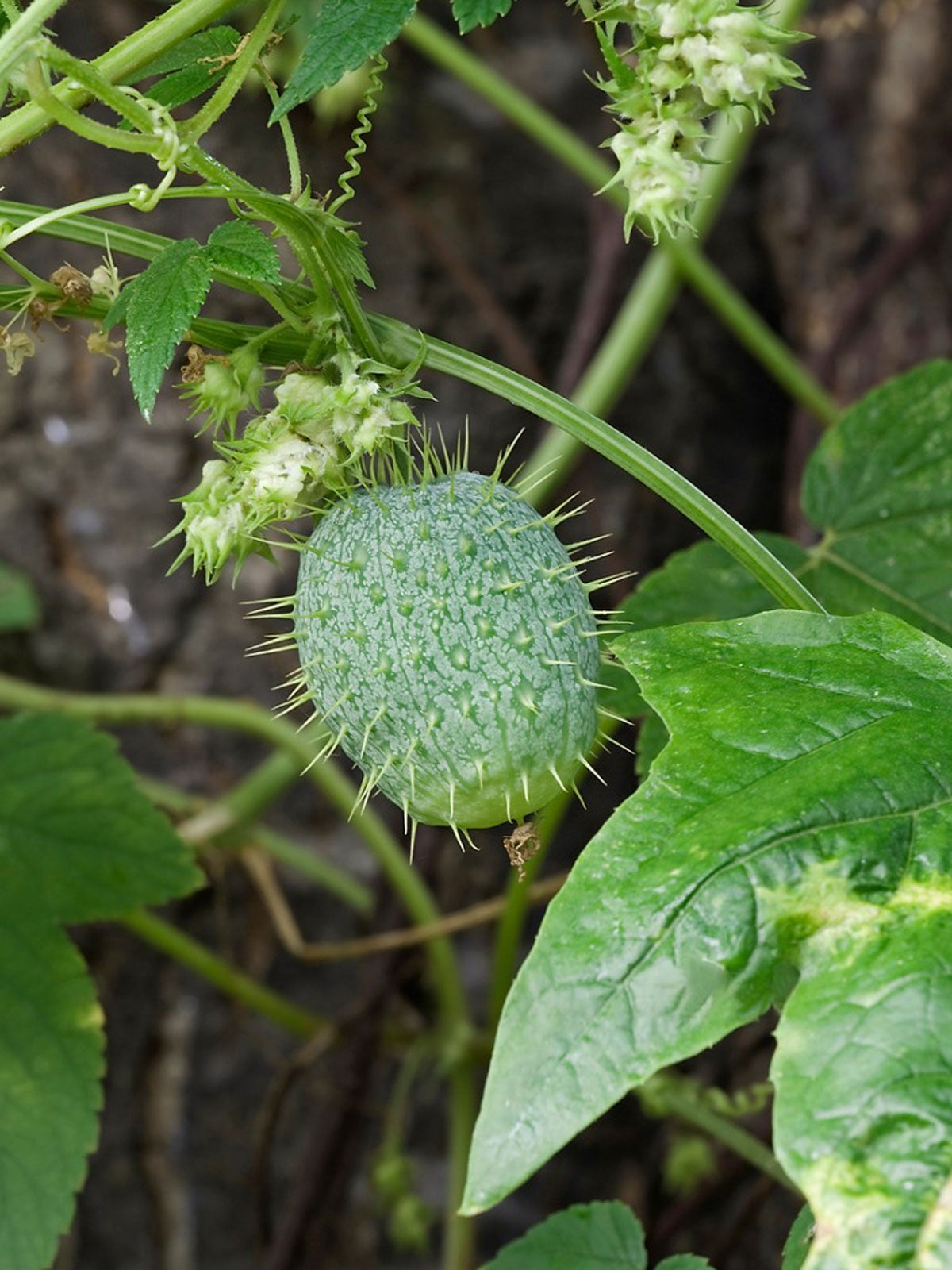
Wild Cucumber Vine - Learn About Wild Cucumber Control
Wild cucumber vine is attractive but for most gardeners, however, wild cucumber plants are pesky weeds.
By Mary H. Dyer
-
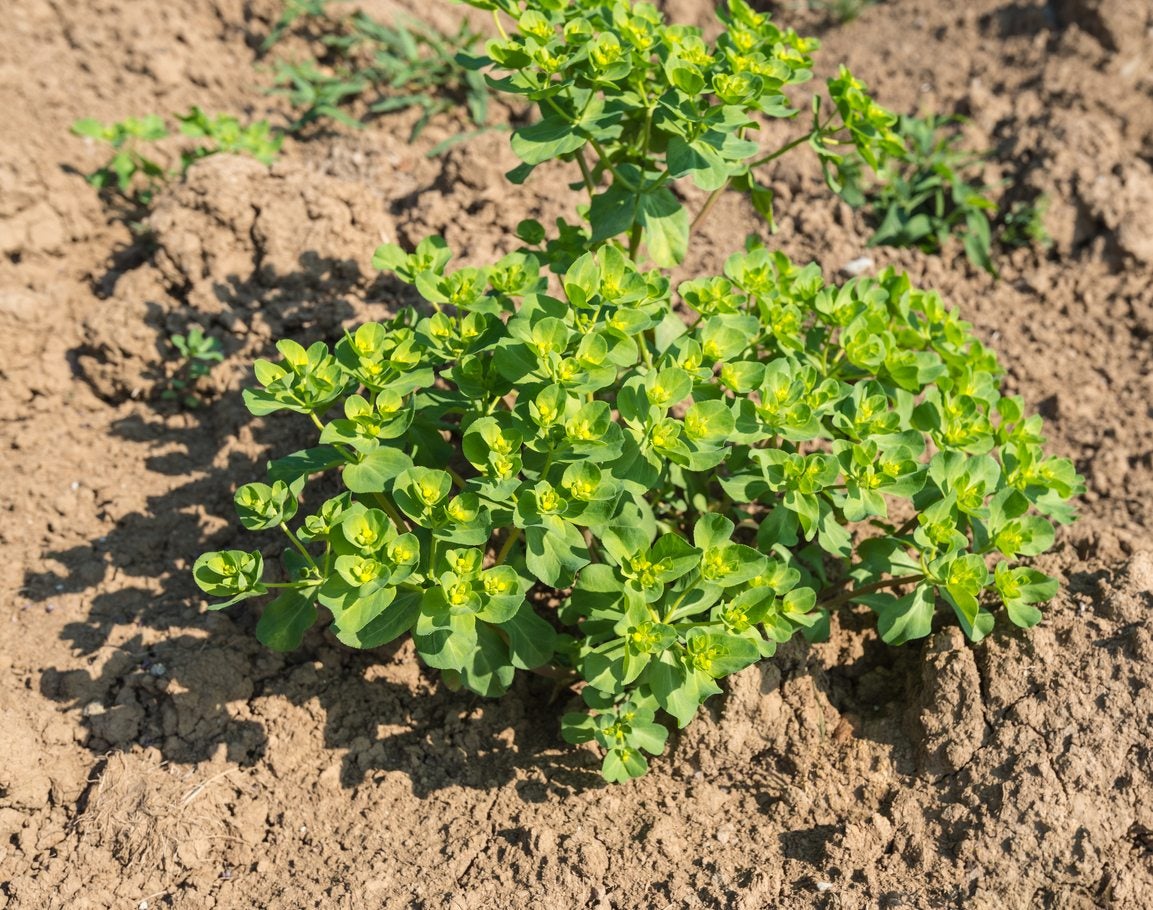
Common Zone 8 Weeds – How To Get Rid Of Weeds In Zone 8
Weeds thrive in a diverse range of growing conditions, especially mild climates like USDA plant hardiness zone 8.
By Mary H. Dyer
-
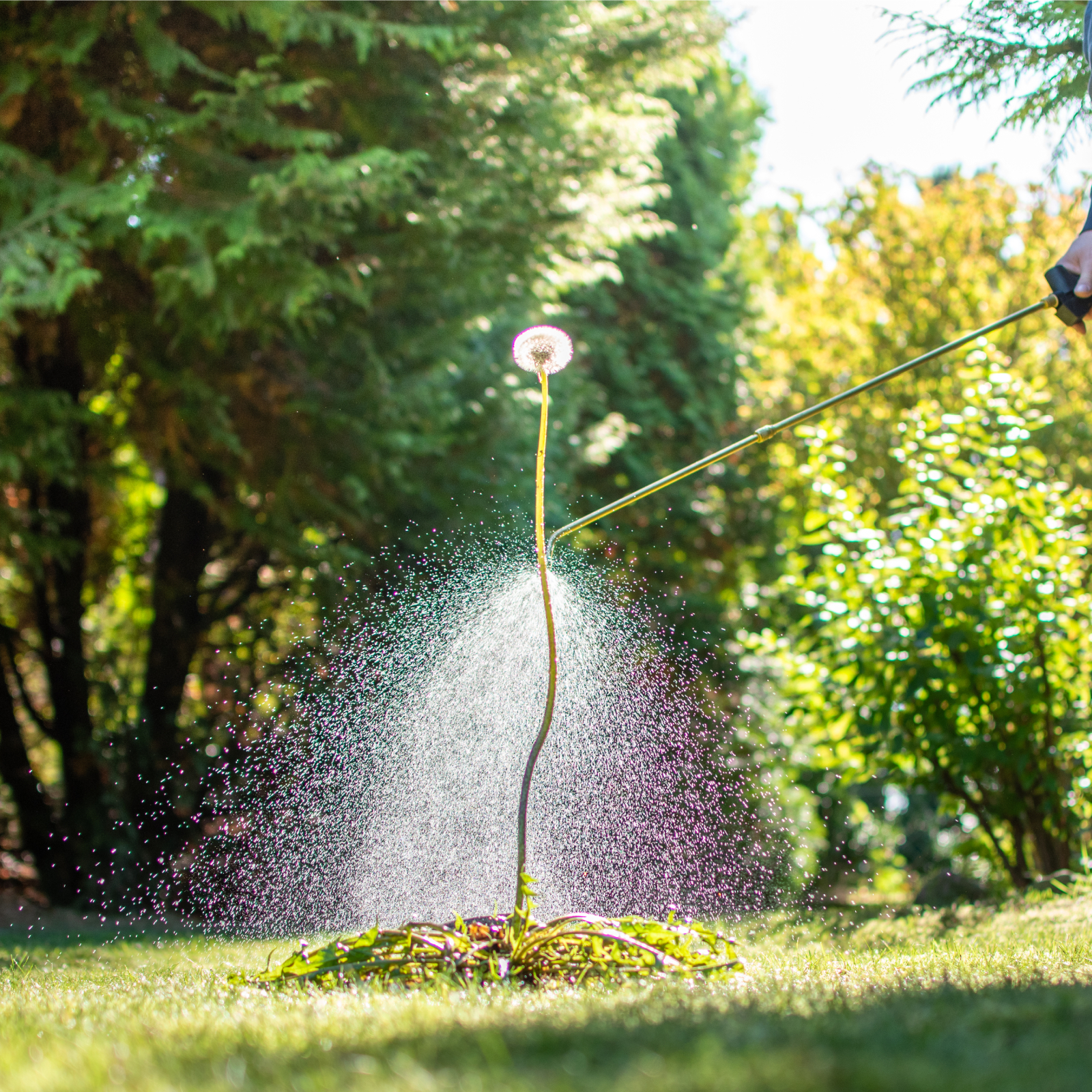
Most Effective Roundup Alternatives For A Safe & Weed-Free Garden
The use of chemical weed control is surrounded by uncertainties and debate, especially Roundup and its effects. Are there safe alternatives to Roundup for weeds in the garden? There are. Click on the following article for more information.
By Mary H. Dyer
-
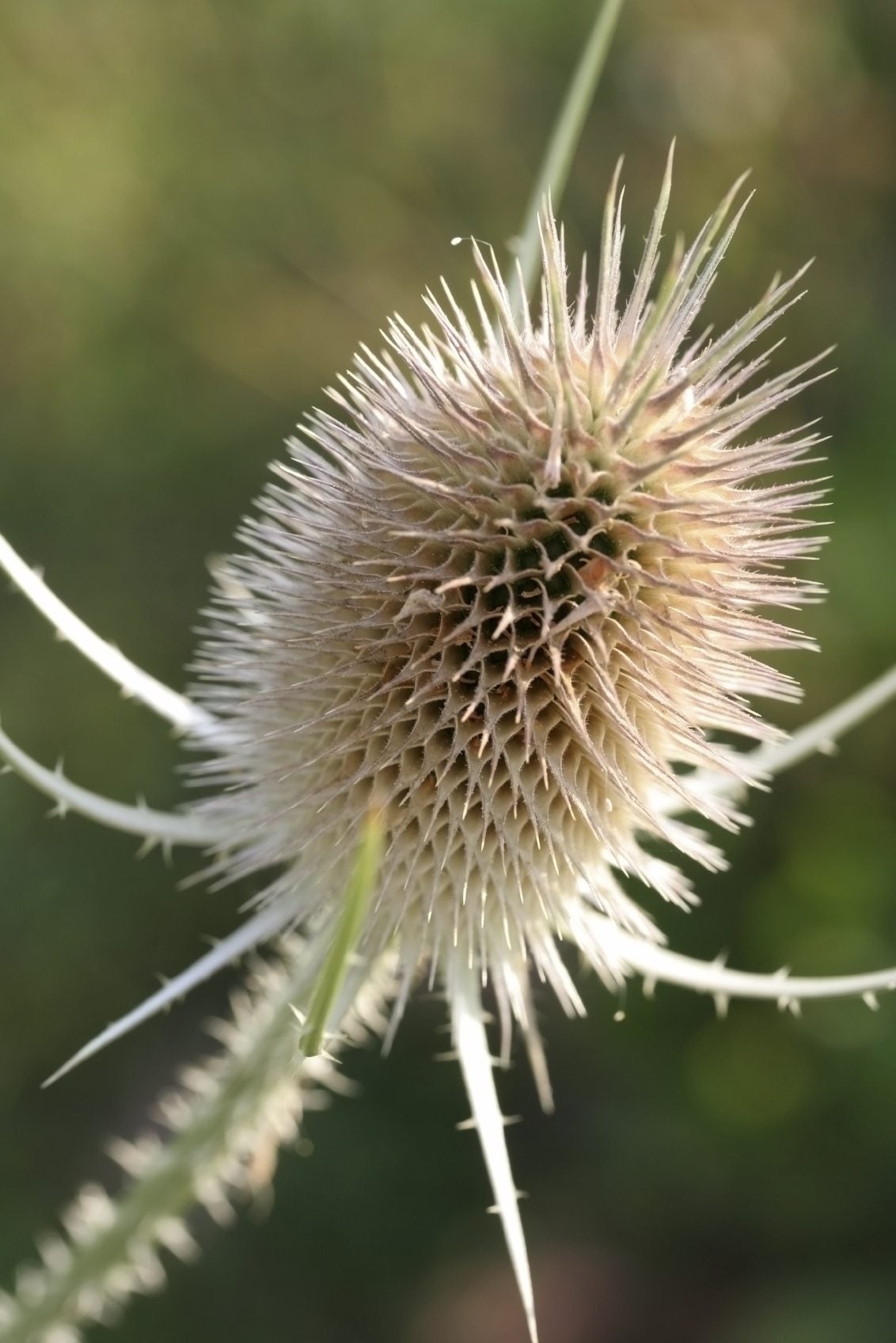
What Is Common Teasel: Tips For Controlling Teasel Weeds
Common teasel is an exotic plant native to Europe, brought to the US by the earliest settlers. It has escaped cultivation..
By Mary H. Dyer
-
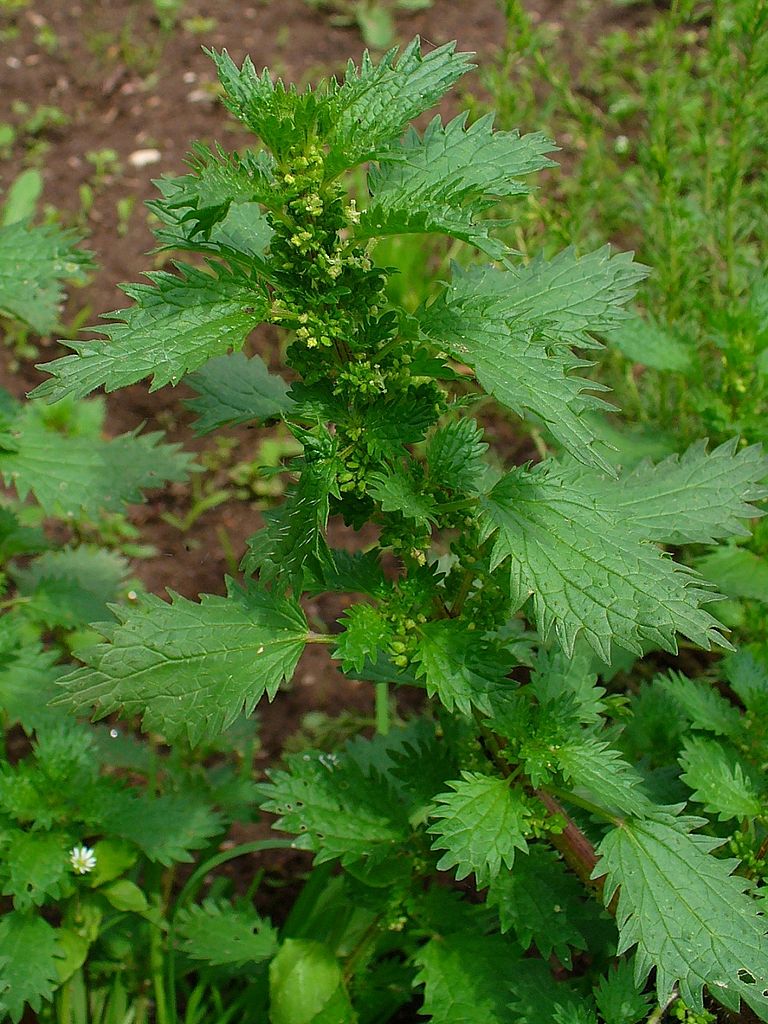
What Is Burning Nettle: Getting Rid Of Burning Nettle Plants
What is burning nettle, and what does it look like? It resembles stinging nettle, and its name describes the misery it can inflict.
By Mary H. Dyer
-
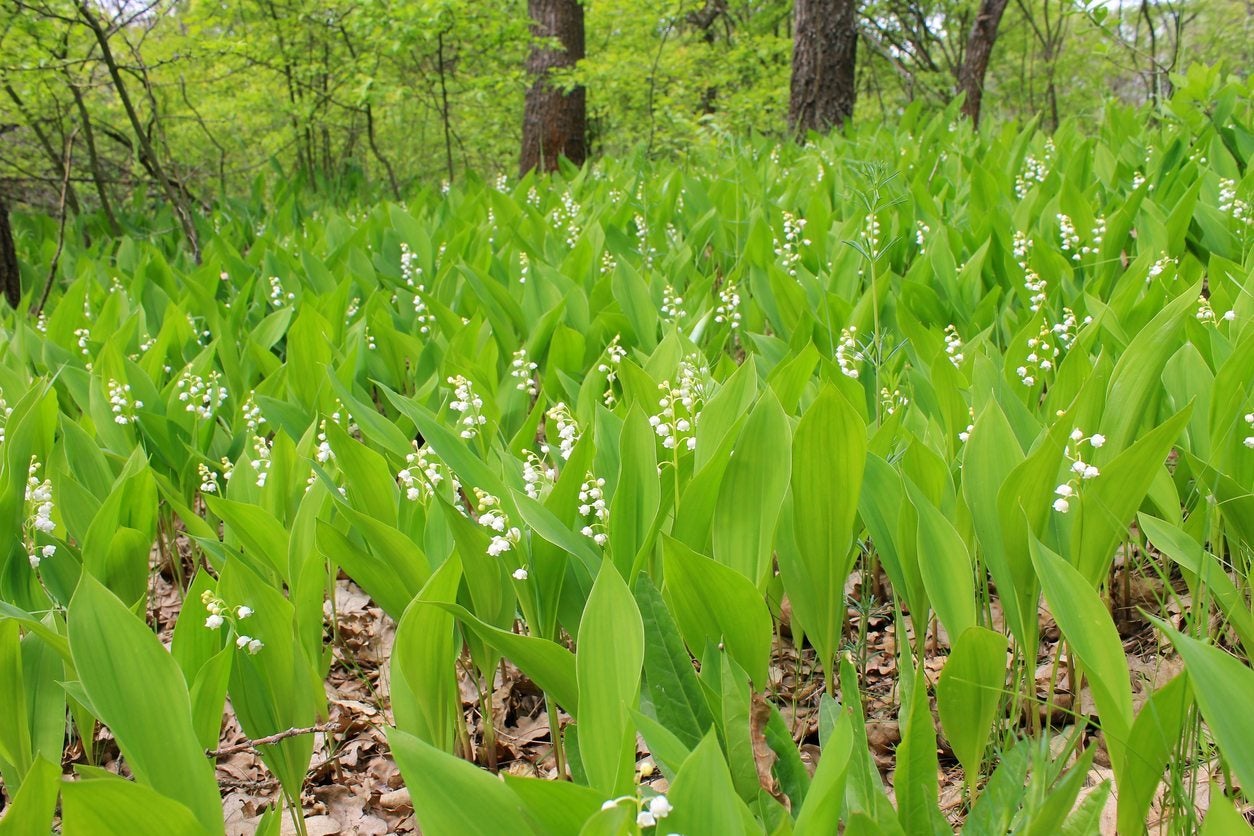
How Invasive Is Lily Of the Valley: Should I Plant Lily Of The Valley Ground Cover
Is lily of the valley invasive? Lily of the valley is a perennial plant that grows from stem-like underground rhizomes that spread horizontally, often with amazing speed. It also reproduces from seeds. Exactly how invasive is lily of the valley anyway? Find out here.
By Mary H. Dyer
-
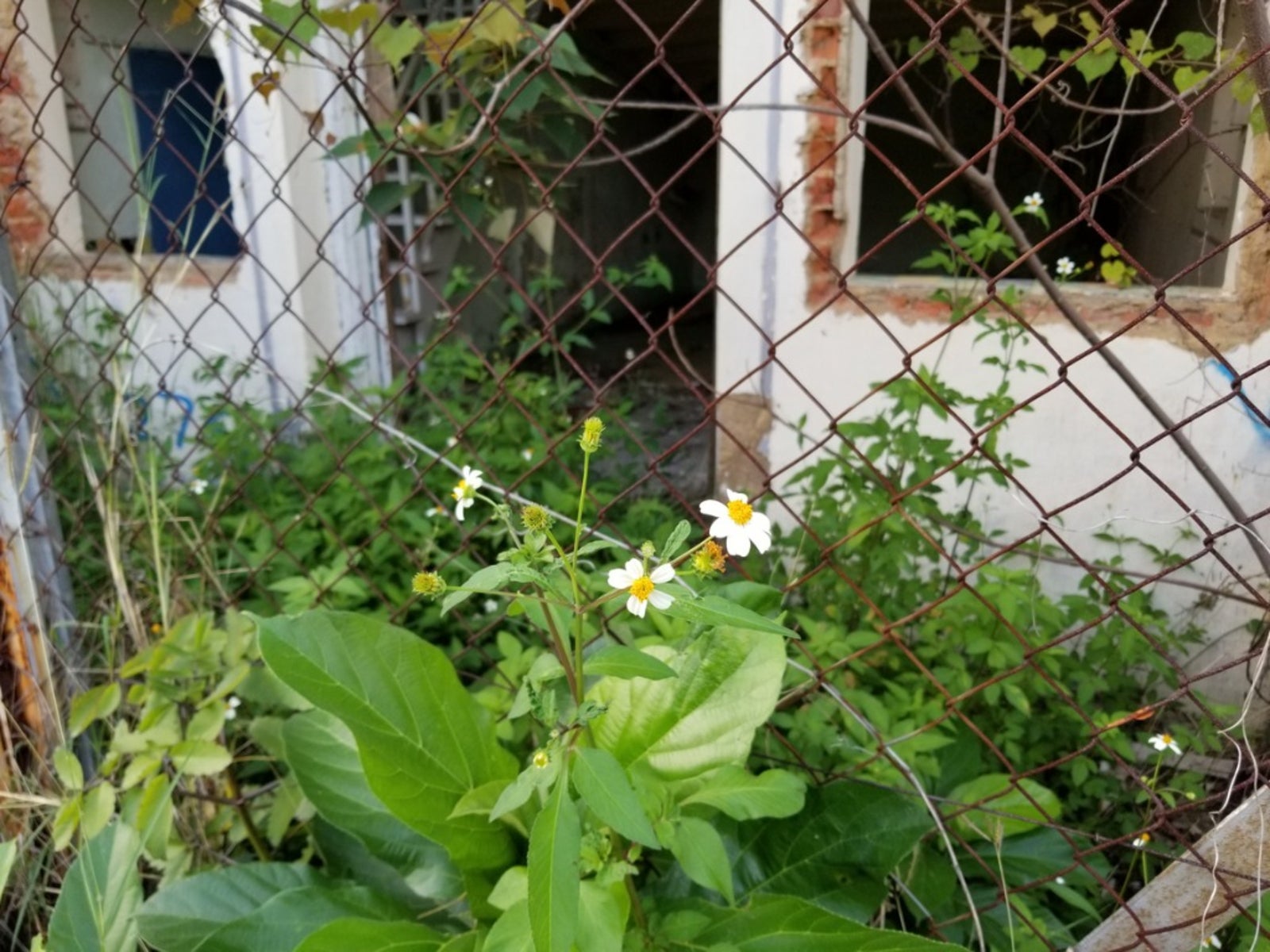
Spanish Needle Control and Tips On Managing Spanish Needle Weeds
Spanish needle is extremely aggressive and produces needle-like seeds that cling to everything they touch. If this sounds like a particular weed in your garden, the tips in this article can help with Spanish needle control.
By Mary H. Dyer
